More great titles from
Pavilion Craft
tap on the titles below to read more
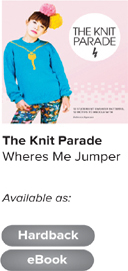
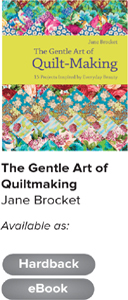

 @pavilioncraft
@pavilioncraft
 LoveCrafts HQ
LoveCrafts HQ
www.pavilioncraft.co.uk


INTRODUCTION
One of the most exciting ways to start a quilt is with fabric inspiration. For me, this happens when I come across a fabric that is so lovely/ cleverly designed/unusual/colourful/meaningful that I want to create a quilt around it, to show it off, to see it and use it. It is this approach that is the focus of this book; every quilt here has sprung directly from a type or design of fabric that has shouted, Quilt Me! very loudly and very clearly.
We have at our disposal a wealth of wonderful fabrics for making quilts. In recent years, much patchwork and quilting has focused on shop-bought, purpose-made, lightweight quilting cottons: Im not saying that these arent fabulous, but I am saying that there is a whole new world of alternative textiles to be discovered by the adventurous quilter who wants to create unique, individual, unusual and beautiful quilts. To use these fabrics is not so much a radical departure as a welcome return to the approach that thrifty, resourceful, inventive patchworkers have always applied when seeking out and making the most of the vast range of available fabrics. Its also a return to traditional patchwork and quilting values; to the idea of using whatever is to hand, whether its a furnishing fabric, an old garment or a practical household textile.
In this book, my personal quilting philosophy and approach remain exactly the same as in my first quilt book, The Gentle Art of Quilt-Making: start with lovely fabrics, choose simple shapes and designs, dont worry about perfection, throw out unnecessary rules and complications, and enjoy making and using quilts. I continue with the liberated, joyous, colourful approach that I enjoy so much, and offer designs and ideas for quilts to be made in a non-competitive, have-a-go, gentle, simple way but this time with all sorts of different fabrics.

I have always loved fabrics ever since I was little, when my favourites were the felt squares I bought at the market, and the tiny amounts of velvet in the empty jewellery boxes I was allowed to keep. With time, my wishlist of fabrics has grown, and I still enjoy shopping and looking for fabrics as much as ever. There is enormous pleasure to be had in the process, in the searching, rummaging, rescuing, discovering and uncovering. It is tremendously exciting to come across something that makes your hands itch to cut out and quilt, to be inspired by a wonderful colour scheme, design or pattern. It is also gratifying to make the most of what can be found in our homes and in our traditional fabric shops, to explore our very rich textile heritage, and to consider alternatives to quilting cottons, such as clothes, curtains, upholstery, tablecloths and interior decoration. The quilts shown here are made from fabrics I have found in many different places, although I still harbour dreams of the perfect one-stop shop that I could walk into and find all the textiles I treasure: ticking, linen, vintage, gingham, hand-embroidered, indigo, tweed, tartan, suiting, shirting, velvet, silk and calico, and more.
Having done my fair share of fabric-hunting, I would always say that if you find a fabric that shouts quilt me! at you, do answer the call. Whether its fabric on a roll or a used, vintage, second-hand garment or tablecloth or curtain, I advise you to swoop when you see something good or unusual, as it may not be there another time. When buying by the length, its always worth investing in as long a piece as you can afford, but a metre or half-metre of anything you really love will be enough to act as a catalyst for a quilt. Plus, its always possible to supplement a rare/vintage/fine fabric with other fabrics; this is where quilting cottons are so useful, as they are brilliant for mixing in. Indeed, unusual fabric combinations are fascinating and can produce lovely effects; your entire quilt does not have to be made from silk or tweed, and a mix can make a highlight fabric look even more striking.

Please do not feel confined to, or restricted by, the fabrics I have used here; the great thing about the quilt me! approach is that so many fabrics can be used. The quilts shown are made with what I have been able to find so far, but I know that there are many more amazing fabrics waiting to be quilted. Its worth keeping an open mind as to the possibilities of what can be included; just think how previous generations used what they could get hold of and were actually far less rule-bound and quilting-cotton-bound than we are today. Take lessons and inspiration from them; from the quilters of Gees Bend who knew and still know how to improvise, and how to bend and break the rules (but who ever said those rules were the right rules?), and from any quilters whose quilts you like and who follow their instincts and personal taste in fabric.
These quilt me! quilts are a way of weaving our rich textile heritage into our quilted creations, and of preserving something of that heritage. As fewer people make their own clothes and soft furnishings, many fabric manufacturers and shops struggle to survive. It would be terrible if we lost more historic and beautiful fabrics (some have already all but disappeared), and those that do survive need to be memorialised, even if its only by means of little scraps and pieces in quilts, which then add up to wonderful textile texts. Using many different fabrics is a way of adding excitement, texture, interest, history and significant design to our quilts. Its also a way of recognising, preserving and continuing our valuable textile history.
Jane Brocket
INSPIRATIONAL FABRICS
The following is a directory of the different fabrics used in this book, but it is by no means an exhaustive list of all the fabric and textile possibilities available to the curious and adventurous quilter. I give a short overview of each fabric and indicate the merits and/or difficulties of working with it.
When choosing a fabric for quilt-making, avoid anything that is very loose-weave or very open-weave, as it will fray and distort very quickly. Avoid stretchy fabric (anything knitted or containing Lycra), as it will lose its shape. Any fabric with pleats or a surface texture (for example, some seersuckers) that could be lost after cutting or during ironing is best not used. And anything that is very silky/slippery, thin, delicate or lacy is either not robust enough and/or is unsuitable.


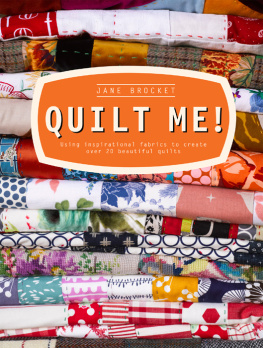
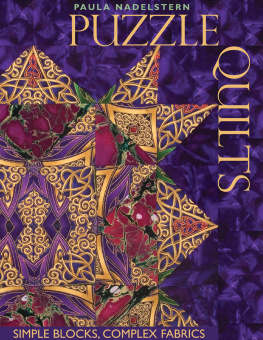
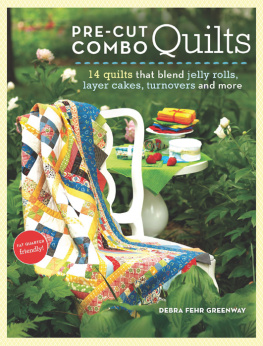
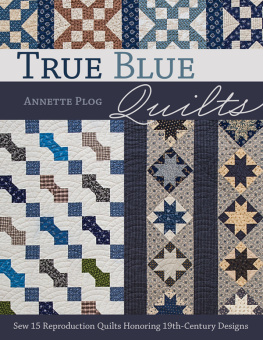
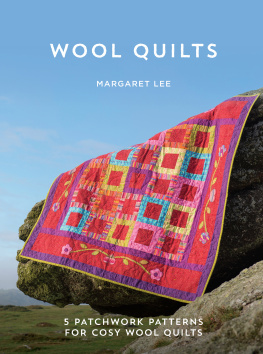

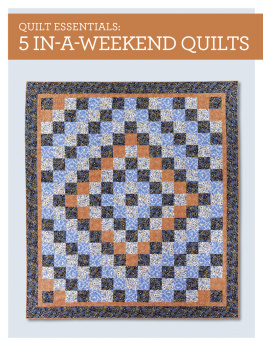
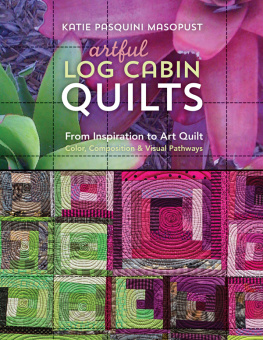
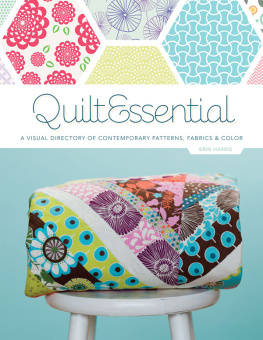
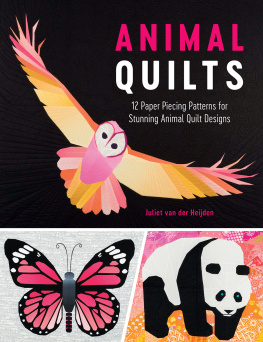

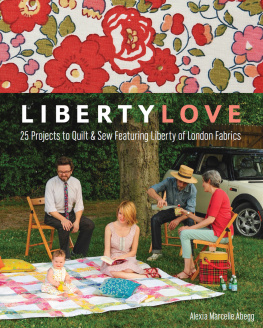




 @pavilioncraft
@pavilioncraft LoveCrafts HQ
LoveCrafts HQ


